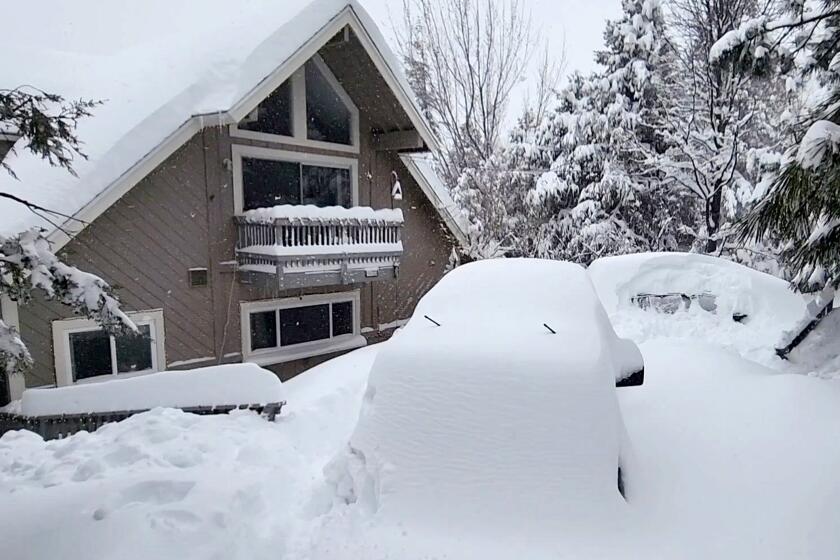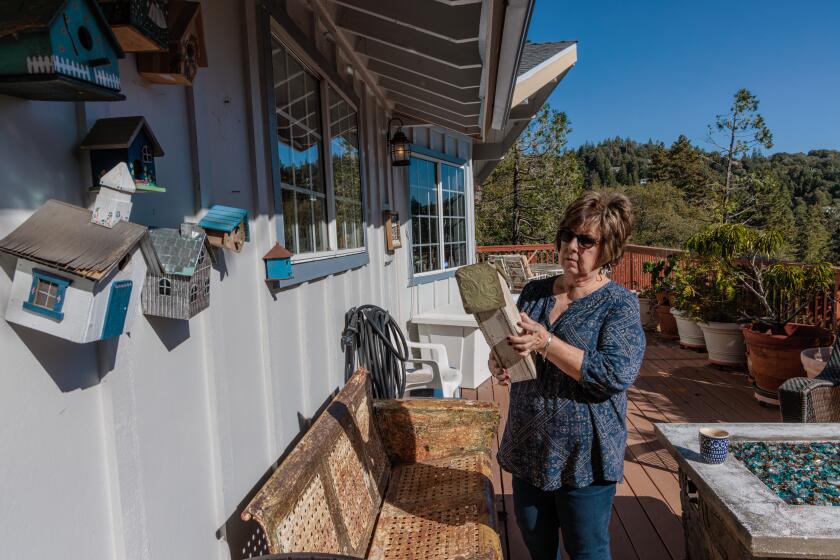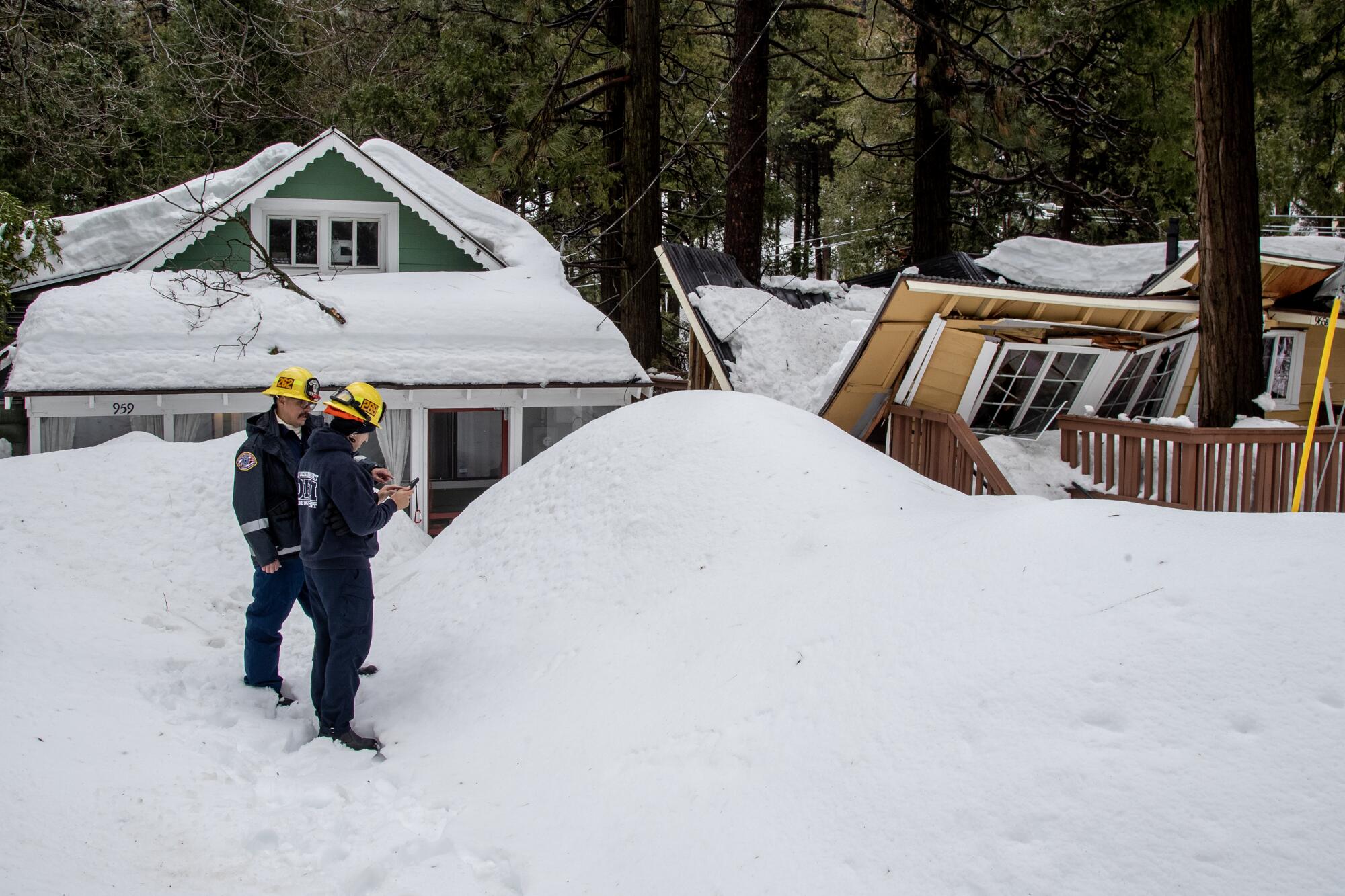
- Share via
Herbert Perez had lived in Big Bear Lake for nearly three decades, but he and his wife, Brenda, had rarely seen a snowstorm as relentless as last winter’s.
The blizzard, which began Feb. 24, entombed the San Bernardino County mountain communities, keeping Perez, 61, from reaching his thrice-weekly kidney dialysis appointment at a Yucca Valley facility. The California Highway Patrol twice turned away his driver, saying only residents were allowed in, even though the travel was for a medical appointment.
When Perez had trouble breathing, his wife called for an ambulance to take him to Bear Valley Community Hospital — only to learn when he arrived that the facility didn’t have a dialysis machine.
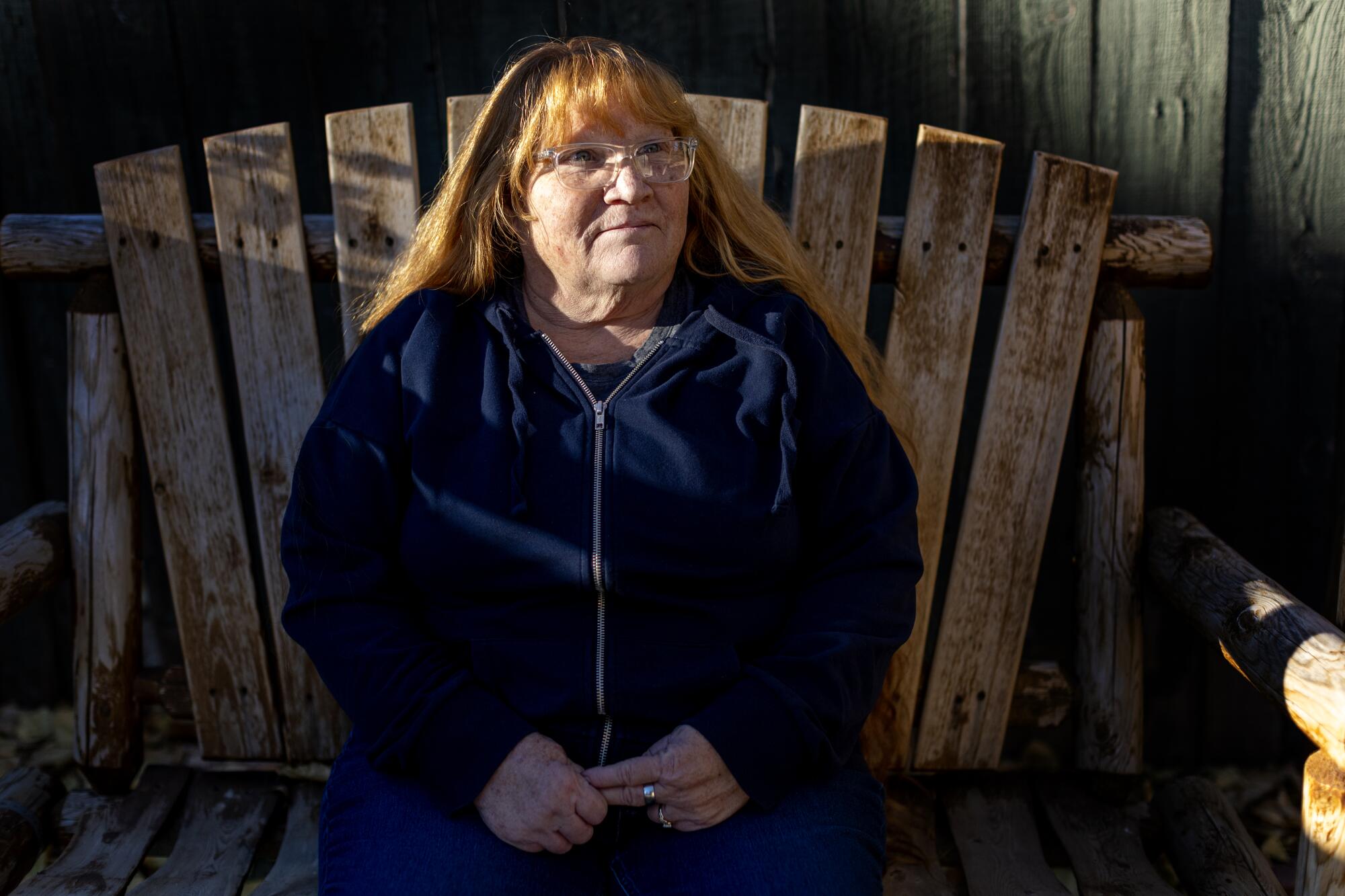
Nine hours later, staff decided to transport Perez to another hospital, but he suffered a heart attack in the parking lot. He was rushed back inside, where he died around 2:45 a.m. March 2.
The back-to-back storms buried roads under as much as 12 feet of snow, trapping residents in their homes — in some cases for more than two weeks — and stranding some without access to food, power and vital medication.
The snow fell faster than roadway crews and removal equipment could respond, leaving officials scrambling to find more resources and respond to the escalating emergency.
When the neighborhoods finally dug out, 13 people had died. Most were found in their homes.
But the San Bernardino County Sheriff’s Department, which includes the coroner’s office, ruled only one of the deaths storm-related — something many family members and neighbors have questioned.
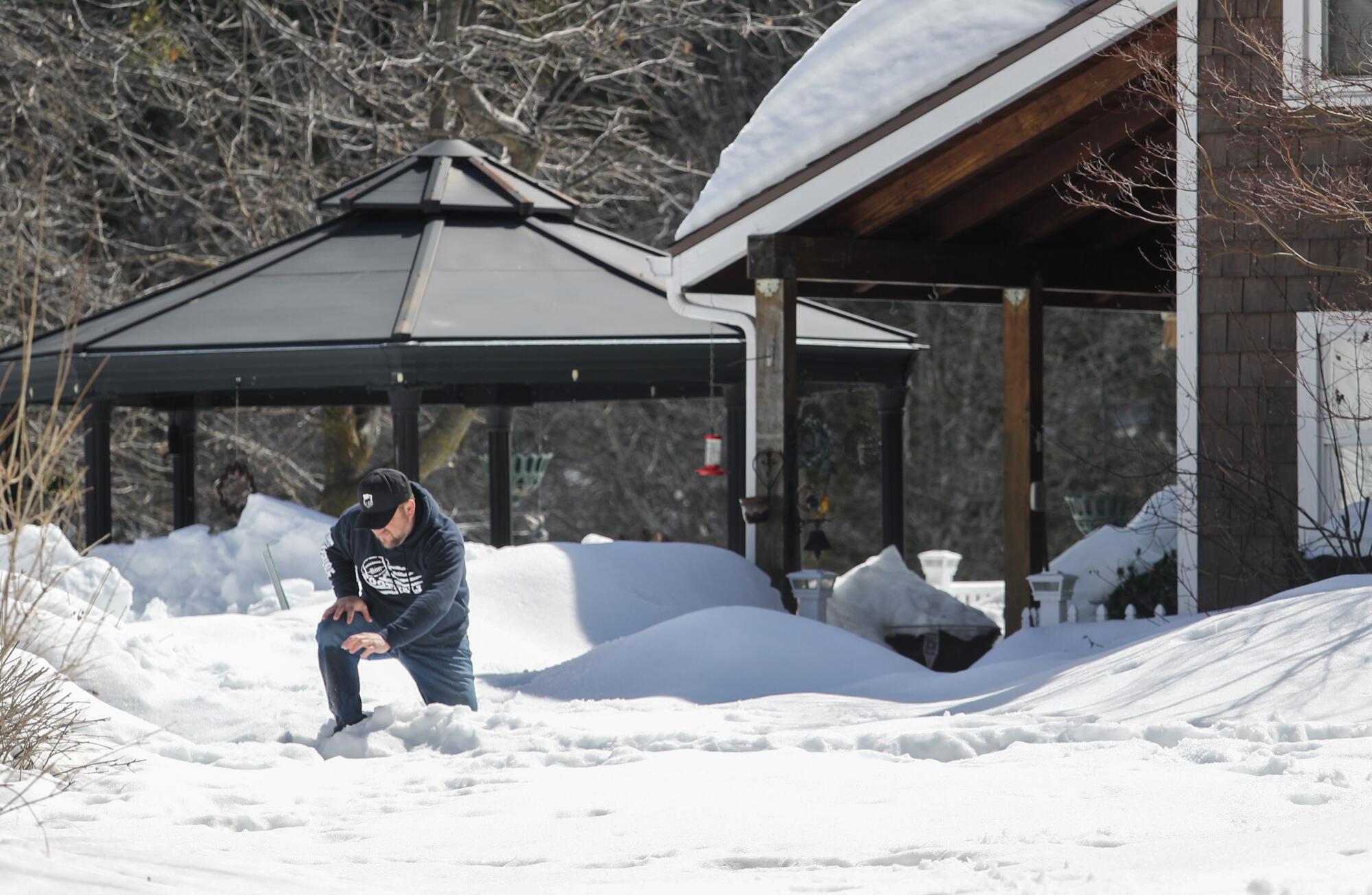
The number of deaths in the mountain communities during the storms, from Feb. 23 through March 9, was more than quadruple what the coroner’s office recorded during the same span last year, based on data provided to The Times through a records request. However, almost a third of the 2022 deaths were missing location information, making it unclear if there were additional fatalities in the area. A spokesperson for the Sheriff’s Department declined to comment on the missing data or the difference in year-to-year deaths.
Ten of the 13 fatalities listed the place of death as a residence, coroner’s data show. Three others died at Bear Valley Community Hospital, including Perez.
Facing growing scrutiny, coroner’s officials reviewed nine of the 13 deaths to determine if the storms were a factor, but determined their initial findings were accurate: only one death was storm-related. The four others, including Perez’s, were not investigated further, because they were among residents who died in hospice or at a medical facility, Sheriff’s Department officials said.
Perez’s death was ruled natural, caused by cardiac arrest, congestive heart failure, respiratory distress and chronic renal failure, authorities said.
But Brenda Perez, 60, disagrees.
“To me, it was caused by the storms,” she said. “They were picking and choosing who they were letting come up because of the snow.”
CHP officials didn’t respond to a request for comment on Perez’s death, and Bear Valley Community Hospital declined comment, citing state and federal privacy laws. A hospital spokesperson said the facility now has dialysis machines, thanks to a foundation gift.
The only storm-related death was attributed to a traffic collision on Feb. 26, the day before the county declared a state of emergency.
The snow had buried a friend’s car, and as Barbara “Barbie” Hughes, 39, was trying to help dig it out, she was run over by another vehicle.
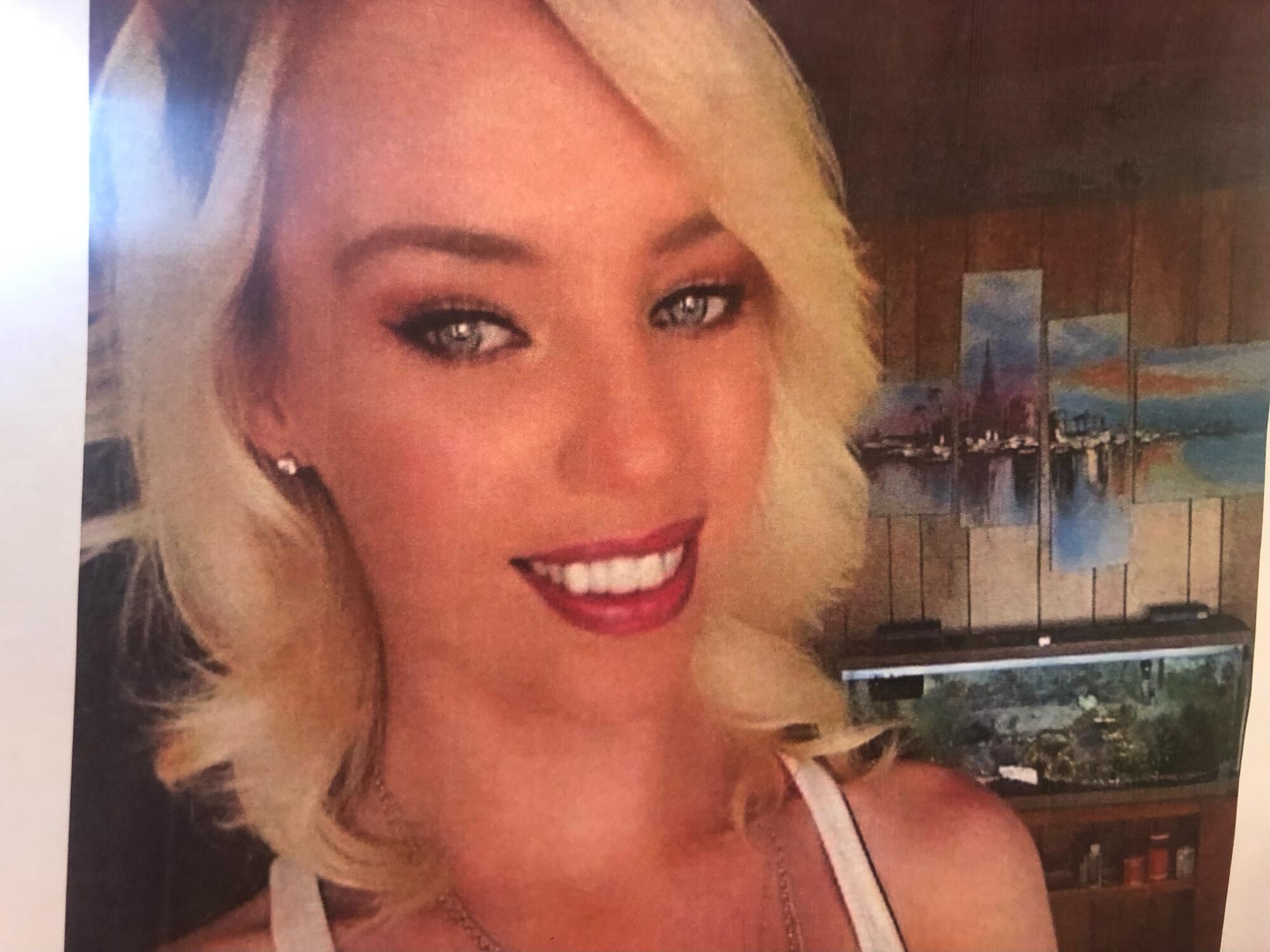
Her mother, Sheree Heisley, said emergency responders weren’t able to get through the excessive snow to reach her daughter.
Instead, the Sheriff’s Department escorted Hughes, who was being driven in her friend’s car, to Bear Valley Community Hospital.
Heisley said the hospital had no trauma surgeons and relies on transporting patients in more serious condition to other facilities. Hughes’ lungs had collapsed, and her ribs had punctured her heart, her mother said. An ambulance was available to drive Hughes to a hospital in Loma Linda, but the California Department of Transportation had closed the highways.
Heisley got to the hospital in time to say goodbye. She told her daughter she loved her, and Hughes squeezed her hand and said, “I love you too, Momma.”
Bear Valley Community Hospital also declined to comment on Hughes’ death.
“If you’re the only hospital, you have to be prepared, especially if you know there’s a storm and you know people can’t get flown out,” Heisley said. “I don’t know if my daughter could’ve been saved because she was so badly broken. I don’t know if they could’ve helped her. But there was no sense of urgency with anybody in there.”
Caltrans maintenance crews are working to clear roads for stranded residents before another storm hits Tuesday.
Among this winter’s deaths was Felicia Beardsley, whom her daughter called a “super healthy” 65-year-old.
Teresa Beardsley said her mother had complained of flu-like symptoms and being snowed in during the blizzard. Her body was found in her Wrightwood home on Feb. 28. The coroner said she died of possible viral pneumonia or atherosclerotic cardiovascular disease.
Beardsley said she believes her mother’s death could be storm-related. She thinks the flu-like symptoms were early warning signs of a heart attack her mother may have suffered while trying to shovel snow off her property.
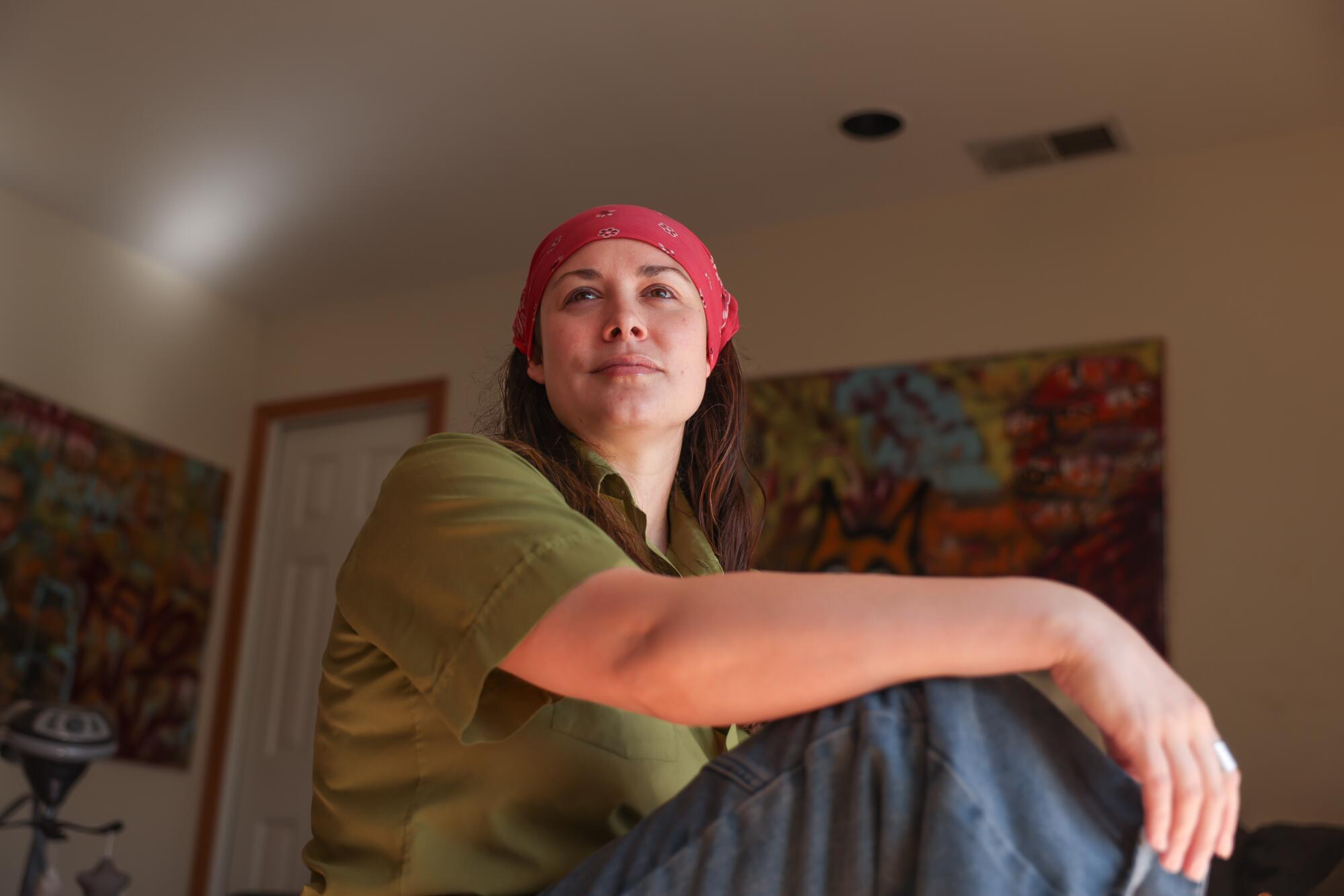
Judy Pons said she’s convinced the dangerous conditions amid the unprecedented storms contributed to the death of her aunt, Elinor “Dolly” Avenatti.
Pons spoke with her aunt on Feb. 27, when the 93-year-old former Alhambra police officer cheerily described the weather at her Crestline home as a “winter wonderland.”
A day later, Avenatti’s neighborhood lost power. Pons said her family was no longer able to reach her aunt’s landline, and though some neighbors tried to check on her, no one was successful. Avenatti’s body was found inside her home the following week.
“Aunt Dolly would have gotten out of the cabin if she could have opened the door,” said Pons, 79. “I don’t think anybody has any doubt that she froze to death.”

While autopsy findings indicate Avenatti died of aortic stenosis due to hyperlipidemia, a heart valve disease that was linked to high cholesterol, Pons said she wasn’t aware her aunt had health issues.
“She was not a helpless 93-year-old woman,” Pons said. “She was healthy and spunky and had a zest for life.”
“I don’t think it was her time.”
Susan Neufeld’s landlord found her dead March 2 in her Crestline home after she uncharacteristically didn’t pay her rent on time. Jeffrey Walker found the 77-year-old’s body in a pool of blood, as though she had fallen and hit her head. He immediately called 911, but still wonders whether she would have survived if he could have checked on her sooner.
A coroner’s investigation noted there was “no trauma or suspicious circumstances” surrounding Neufeld’s death and pointed instead to cardiac arrest, listing other contributing health issues.
The Sheriff’s Department did not respond to questions about Neufeld’s death investigation.
Months after storms buried communities in the San Bernardino Mountains, recovery is ongoing. But with a new winter approaching, worry is spreading about a strong El Niño.
Other family members and friends acknowledge their loved ones weren’t in the best of health, but say their deaths may have been hastened by the storms.
Randolph Stein found his roommate, George Swisher, dead on March 8 in their Cedarpines Park home. He said Swisher, 68, had heart issues, and keeping him warm and getting him to eat during the weekslong storms proved difficult.
Swisher’s death was ruled natural, caused by chronic methamphetamine abuse and emphysema, coroner’s investigators found.
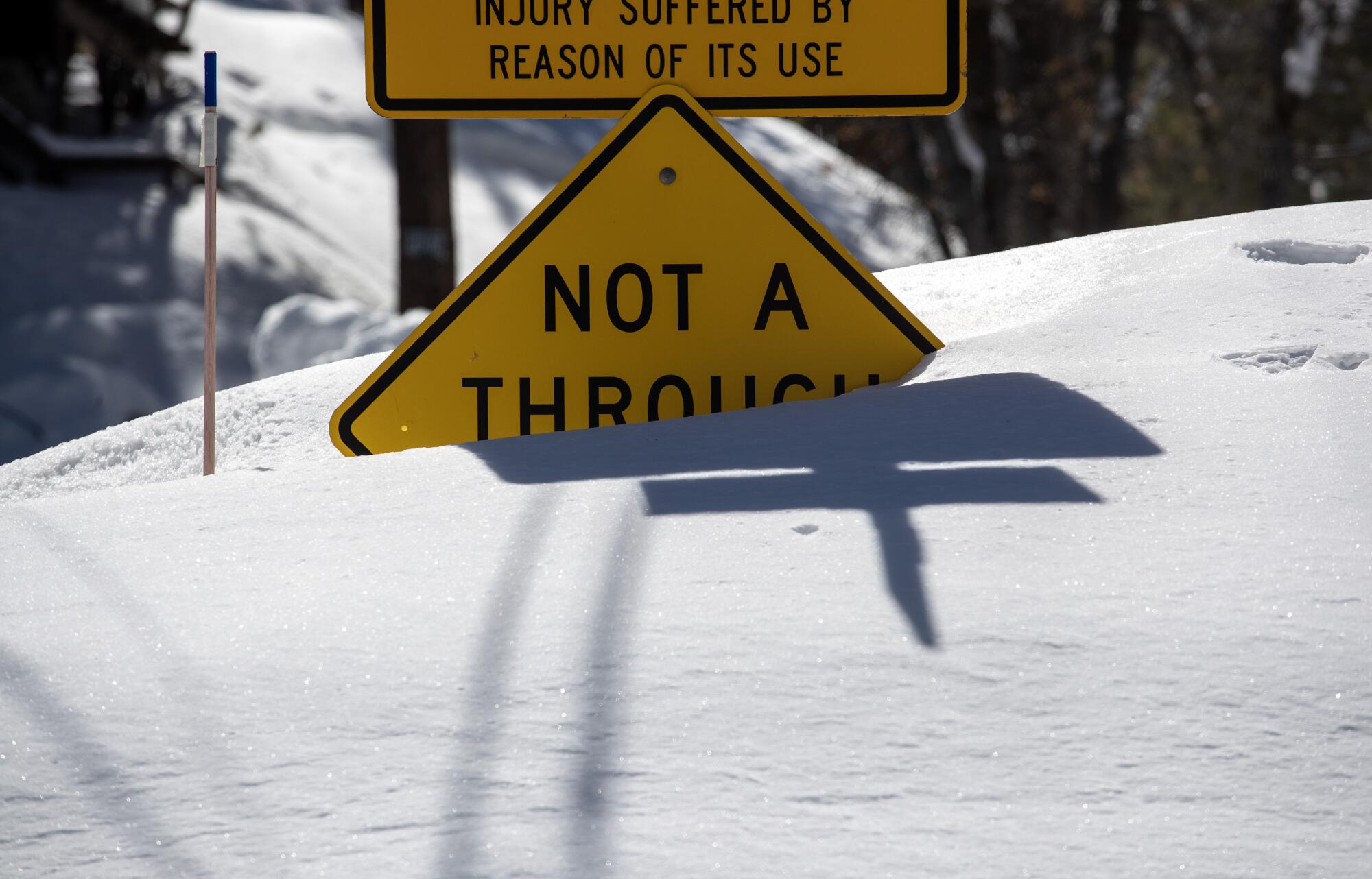
While the deaths during the snowstorms drew headlines, medical emergencies were also an escalating challenge.
Kim Kuhm, 40, was shoveling snow off her roof in Crestline when she fell and hit the back of her neck — near where she’d previously had surgery. She called 911, but was told they couldn’t send an ambulance because of the snow.
For two weeks she waited in pain, worrying the injury could become serious and she wouldn’t even know.
“They basically said, ‘You guys are on your own,’” Kuhm said. “They came in to pick up the bodies. That was it.”
More to Read
Sign up for Essential California
The most important California stories and recommendations in your inbox every morning.
You may occasionally receive promotional content from the Los Angeles Times.
